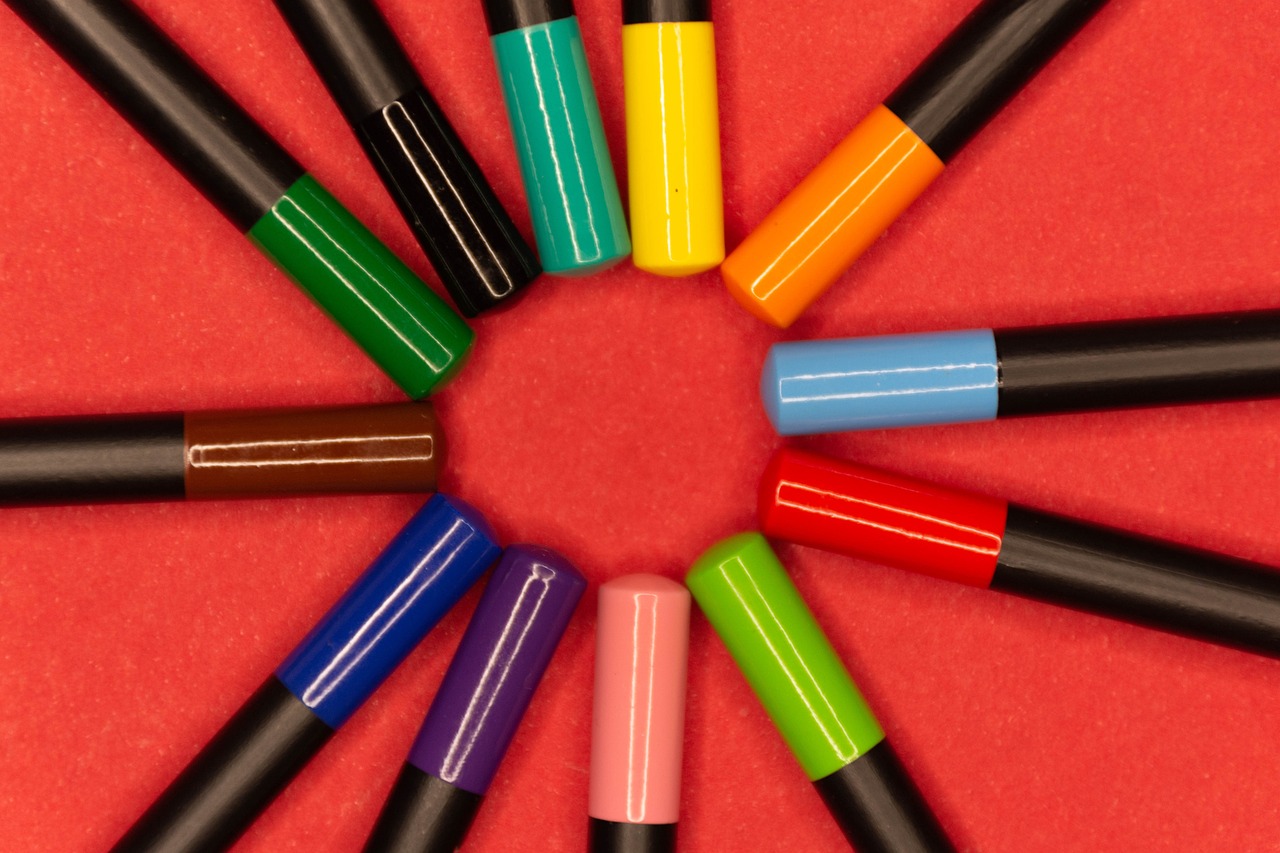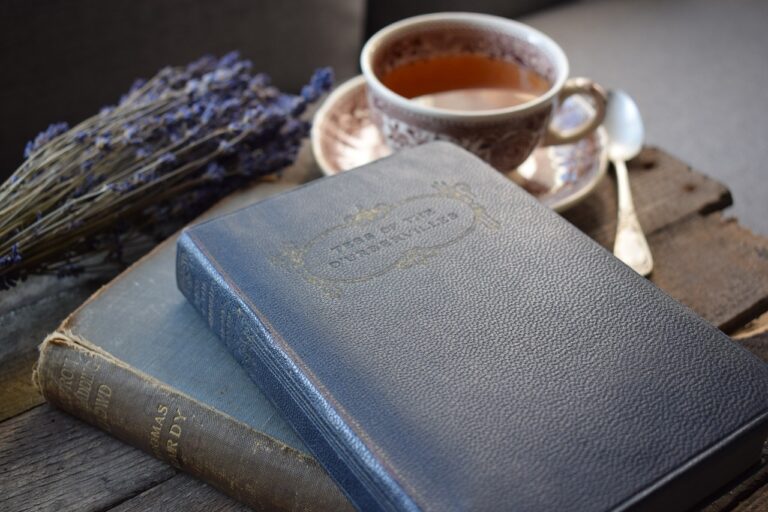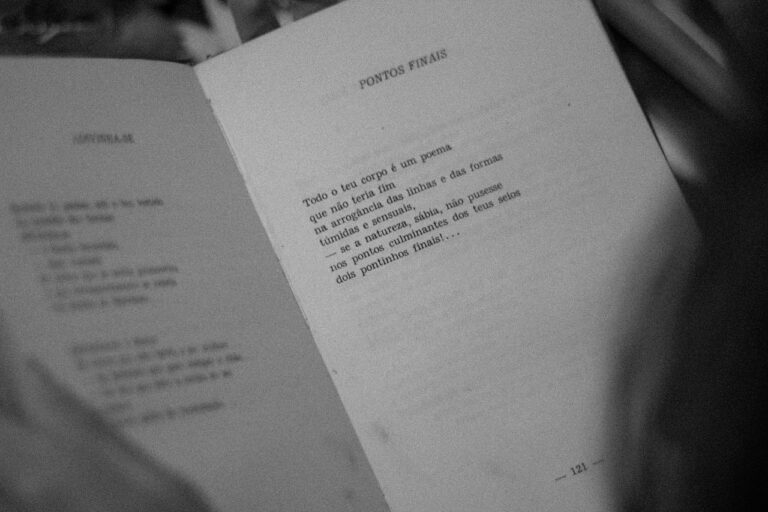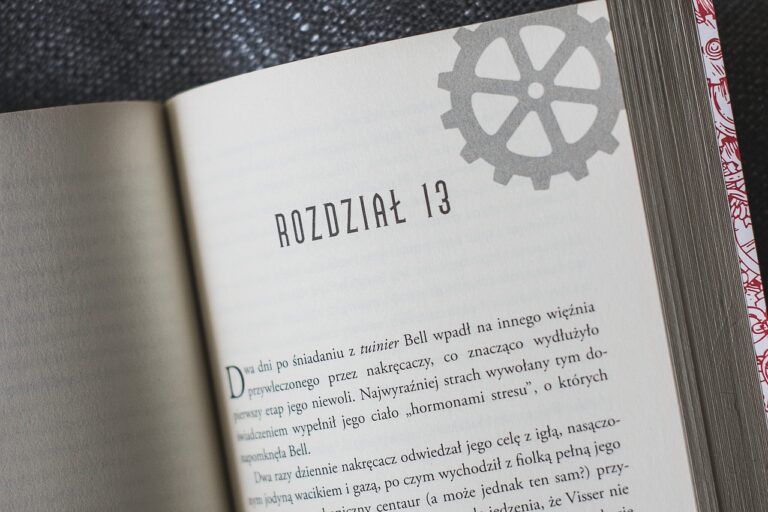The Role of Museums and Cultural Institutions in Education
Experiential learning in museums and cultural institutions offers unique opportunities for individuals to engage with history, art, and diverse perspectives. By immersing themselves in hands-on experiences and interactive exhibits, visitors can deepen their understanding and appreciation of different cultures, traditions, and historical events. This experiential approach to learning fosters a sense of connection and empathy, allowing visitors to personally connect with the subject matter in a meaningful way.
Furthermore, experiential learning in museums encourages active participation and exploration, sparking curiosity and critical thinking skills in visitors of all ages. Through interactive activities, simulations, and workshops, individuals are able to actively engage with the content, leading to a more memorable and impactful learning experience. This hands-on approach not only enhances comprehension but also cultivates a sense of discovery and inquiry, empowering visitors to think critically and problem-solve within a cultural context.
Fostering Critical Thinking and Problem-Solving Skills Through Museum Education
Museum education plays a crucial role in fostering critical thinking and problem-solving skills among visitors of all ages. By engaging with exhibits, artifacts, and interactive displays, individuals are encouraged to question, analyze, and evaluate information presented to them. This process of inquiry not only enhances their cognitive abilities but also nurtures a deeper understanding of historical events, cultural perspectives, and artistic expressions.
Through guided tours, hands-on activities, and storytelling, museums provide a rich environment for visitors to develop their analytical and problem-solving skills. Encouraging visitors to make connections between the past and present, interpret visual cues, and engage in open-ended discussions prompts them to think critically about complex issues and come up with creative solutions. By immersing themselves in the narratives and contexts presented in museum settings, individuals are able to hone their reasoning skills and develop a more nuanced approach to addressing real-world challenges.
Utilizing Art and History to Enhance Curriculum in Educational Settings
Art and history have long been valued as essential components of a well-rounded education. By incorporating these subjects into the curriculum, educators can provide students with a more comprehensive understanding of the world around them. Art allows for creative expression and exploration of different perspectives, while history provides context for current events and fosters a sense of connection to the past. When integrated effectively, these disciplines not only enhance academic learning but also help students develop critical thinking and analytical skills.
In educational settings, utilizing art and history can bring learning to life and make concepts more tangible and relatable. Students can engage with primary sources, such as historical documents and artwork, to gain a deeper understanding of the time periods and cultures being studied. By incorporating hands-on activities and immersive experiences, educators can create a dynamic learning environment that encourages students to think critically, ask questions, and draw connections between various subjects. Ultimately, the integration of art and history into the curriculum can broaden students’ perspectives, cultivate empathy, and inspire a lifelong love of learning.
How can museums and cultural institutions enhance the curriculum in educational settings?
Museums and cultural institutions provide hands-on, experiential learning opportunities that can bring history and art to life for students, making the curriculum more engaging and meaningful.
What skills can students develop through museum education?
Students can develop critical thinking, problem-solving, and analytical skills as they engage with artifacts, artworks, and historical information in a museum setting.
How can art and history be integrated into the curriculum?
Art and history can be integrated into the curriculum through interdisciplinary projects, field trips to museums, and hands-on activities that allow students to explore different time periods and artistic styles.
Why is experiential learning important in educational settings?
Experiential learning allows students to engage with the material in a hands-on way, making it more memorable and helping them develop a deeper understanding of the subject matter.
How can educators make the most of museum visits in their curriculum?
Educators can prepare students for museum visits by providing background information, setting learning objectives, and facilitating discussions and activities to ensure that the visit is a valuable learning experience.







